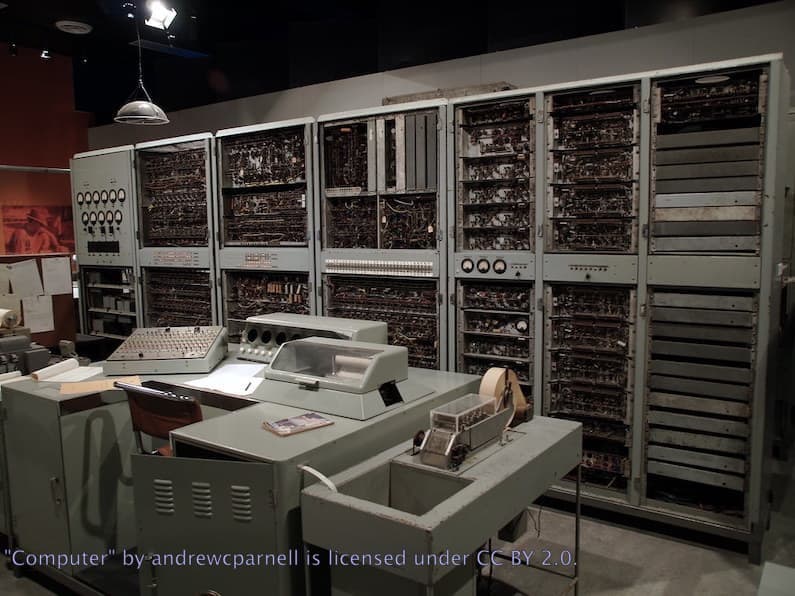IT Asset Retirement
Data centers and in-house IT departments are used to looking after their equipment and ensuring that it performs at an optimal level, but no matter how well the devices are maintained, there comes a time when they need to be replaced—IT asset disposal. Deciding when that time has come can be difficult, so constant monitoring of performance metrics is essential in order to see when breakdowns are occurring frequently, or costs of maintenance are increasing.
IT centers operate with a wide variety of equipment, including servers, routers, modems, and network components as well as the racks and other devices needed for their support (including extensive cooling equipment). Each piece of equipment has its own requirements for service and repair, and the frequency and costs of preventative maintenance and breakdowns should be carefully recorded and controlled. Once a pattern of out-of-service events is evident, or costs are beginning to mount up, it is time to consider removing the item from daily operations.
Some other reasons for removing a device from service are:
- It is no longer under warranty;
- It has been superseded by machines with updated capabilities;
- It lacks up-to-date security and is vulnerable to attack;
- Newer versions are more efficient and cost less to run;
- The manufacturer has gone out of business;
- Software and firmware updates are no longer available;
- The supplier no longer offers support.
Whatever the trigger that initiates the process, the first stage is usually to disconnect the device from the network, decommission it, wipe any data, and perhaps physically move it to a storage location. This is referred to as retirement. The equipment is still recorded in the IT inventory but will no longer be used or maintained, but it has not yet been disposed of.
IT asset disposal or retirement?
When the IT department or data center was set up, part of the planning would have been establishing the asset management life cycle; from the initial specification and acquisition, through planned maintenance and support, to end-of-life retirement and, ultimately, IT asset disposal.
The distinction between the two states of retirement and disposition is that in the former case the device is only removed from service; it is still physically located within the business. Disposition is the process of having the device removed from inventory and professionally decommissioned, the data irretrievably removed and the components and materials recovered for reuse or recycling.
Most IT data centers and departments will employ an electronics recycler to handled the final disposition as this requires specialist equipment such as degaussers to eliminate all sensitive data. It is also usual for a Certificate of Destruction to be provided, as well as a detailed record of the chain of custody. This ensures that each step in the disposal process has been handled professionally and that the company guarantees that the data were destroyed beyond the capability of even forensic recovery.
There are a few reasons that disposal of the asset is not immediate on its removal from service, including:
- It may be wanted as a backup;
- It could be repurposed for use elsewhere in the organization;
- It may not be economically viable to have a professional recycler pick up one or two items.
Most businesses will wait until they have amassed a number of assets before calling in an e-waste specialist. They then prepare a detailed inventory for the processor and get a quotation for the disposition process. The inventory is then also used to update the financial records of the company, removing the value from the balance sheet. Depending on the equipment being recycled, there may be a residual value payable for the obsolete assets and this would also need to be reported to the finance department.
It is important when selecting an electronics recycler, that they are working to a set of standards that ensure that your disposition is handled professionally and that you can be certain that none of your data is ever exposed.
Potomac eCycle is a certified R2 recycler, and as such, follows the R2 best practice of recycling: reuse, recover, recycle. For more details of our services, or to get a quote for disposal of your IT assets, contact us.


Recent Comments